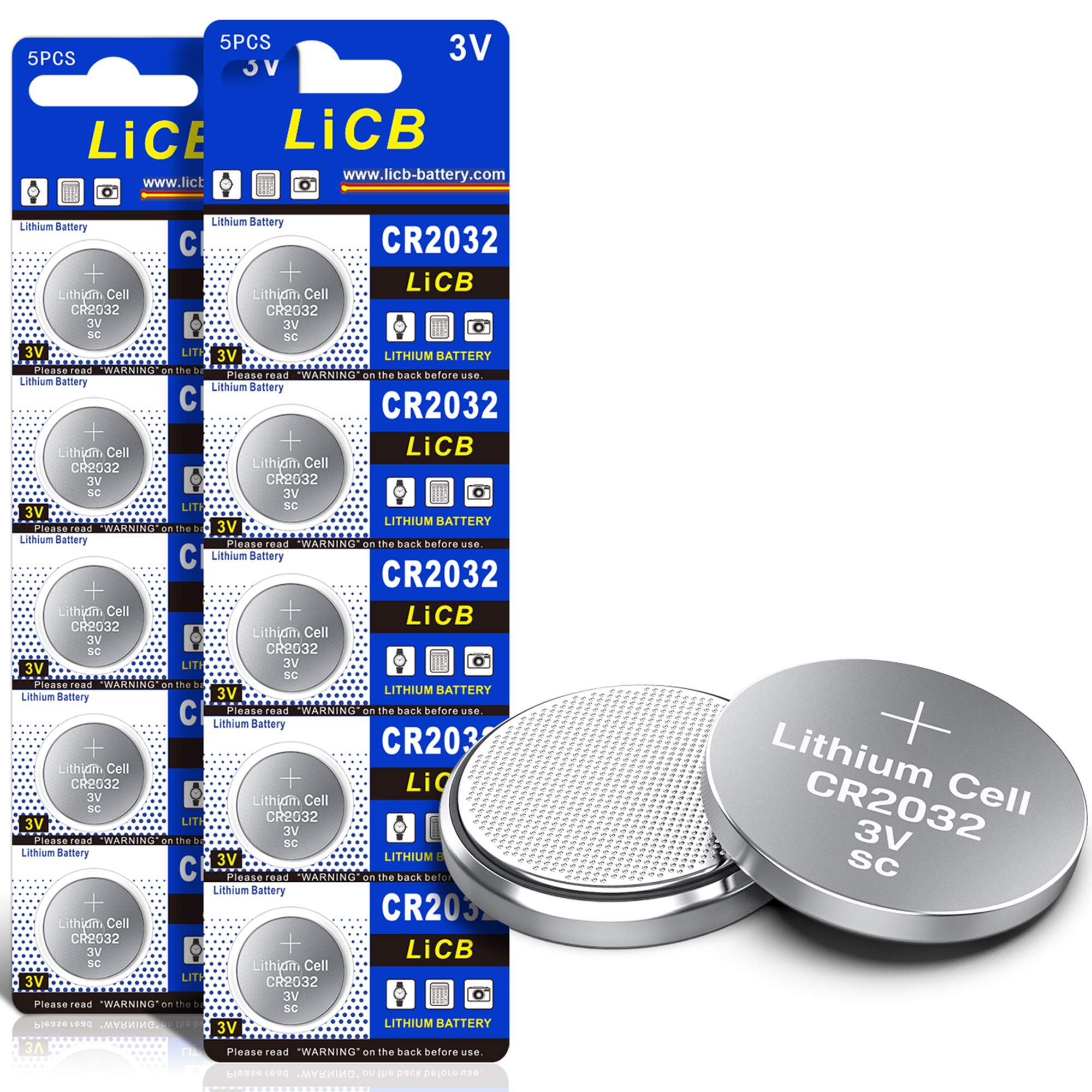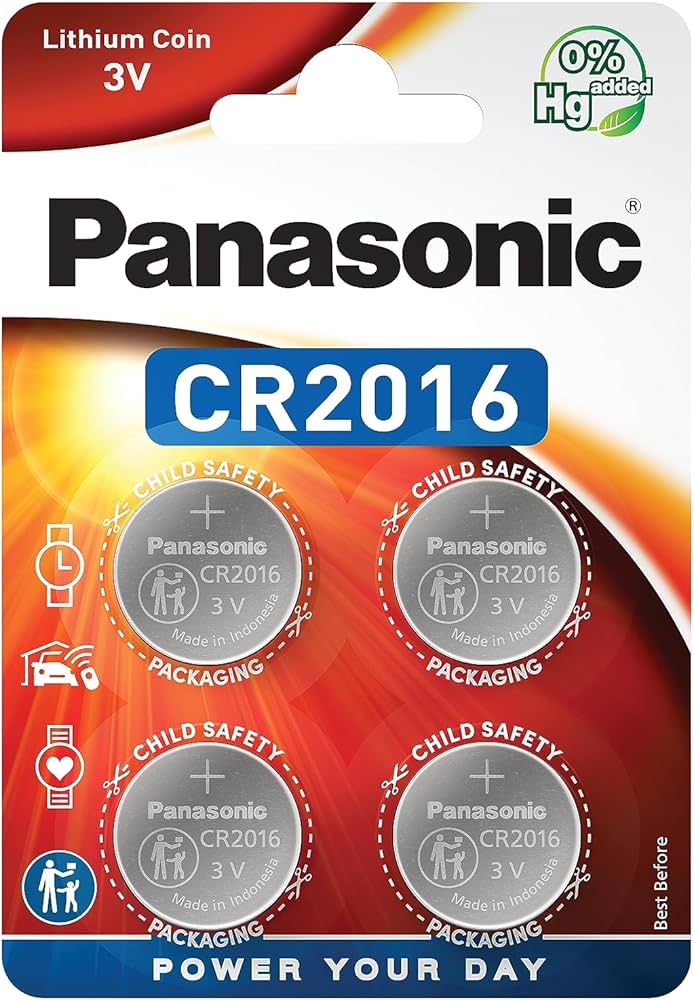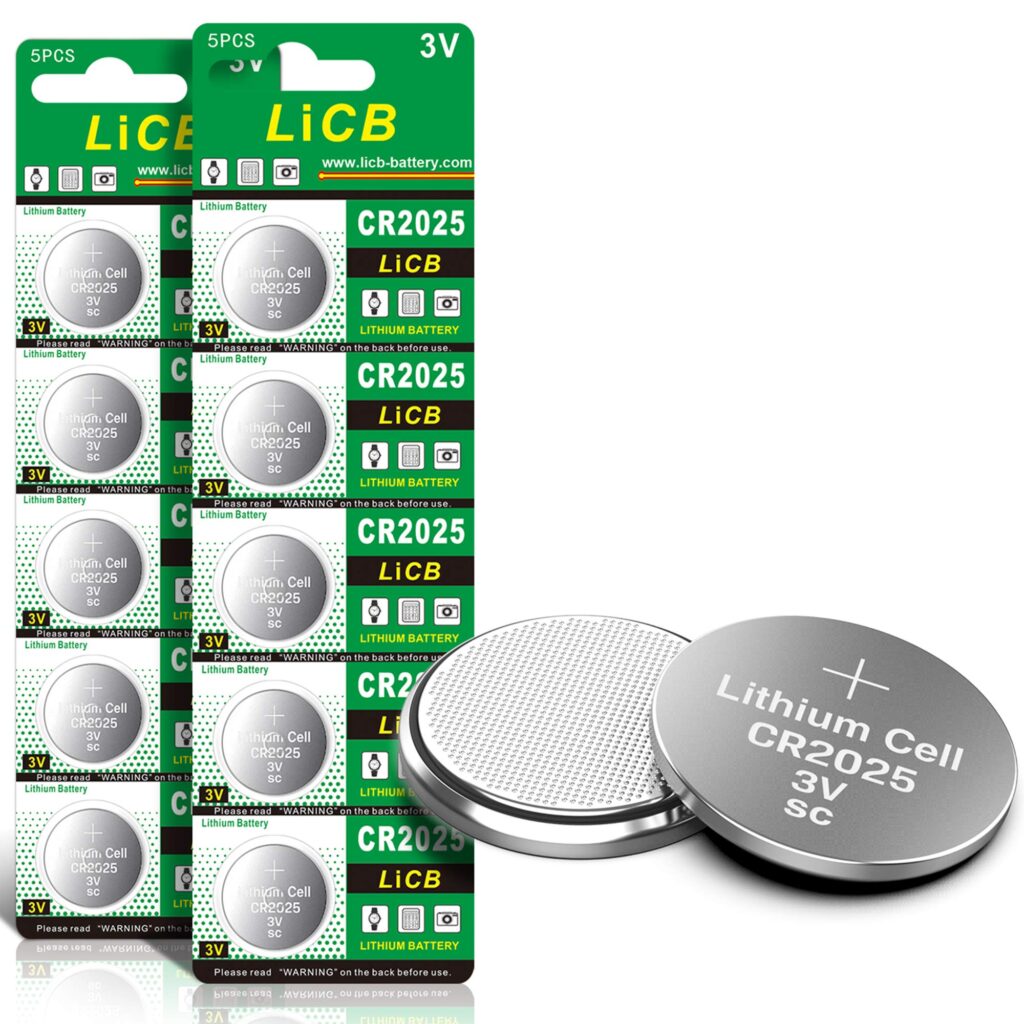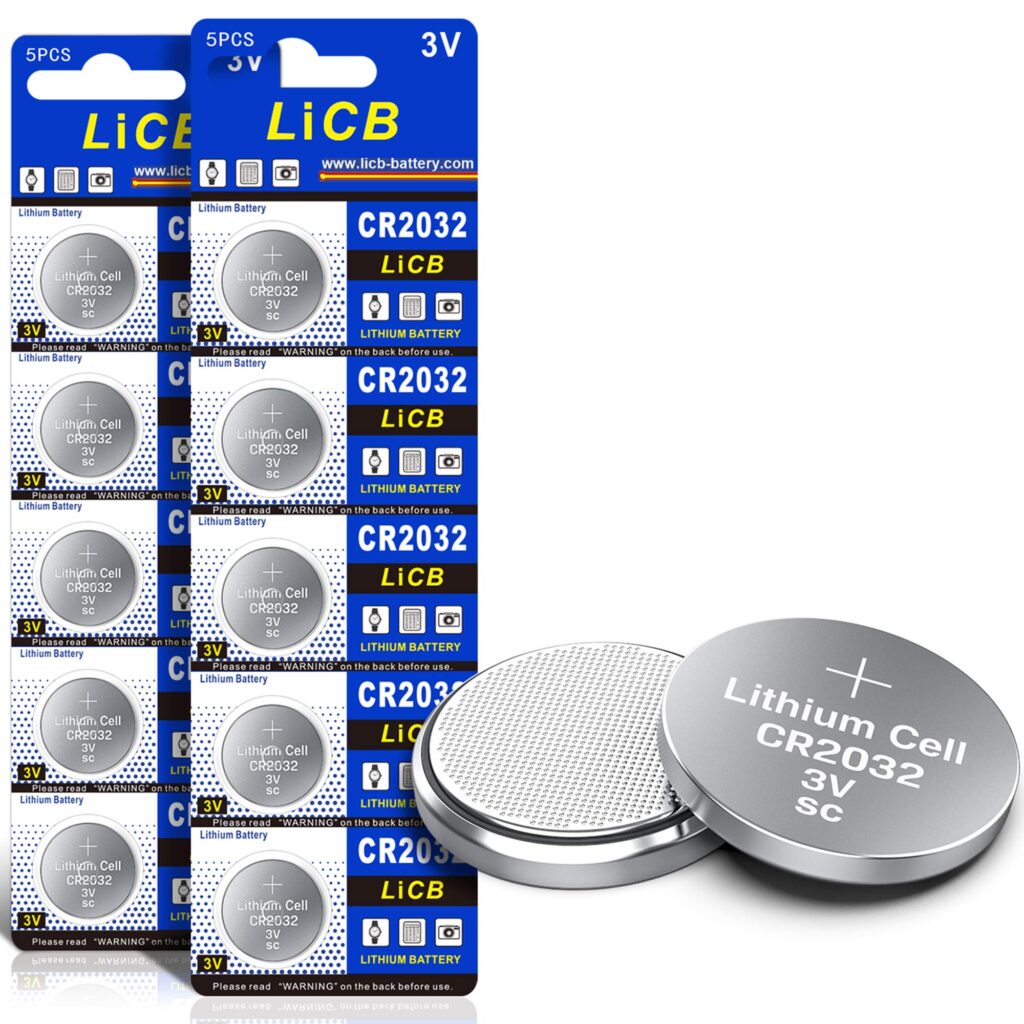In the world of small electronics, button cell batteries like the CR2032 and CR2016 are essential components, powering everything from calculators to key fobs and medical devices. These batteries, although similar in appearance and chemistry, serve different purposes due to their distinct specifications. Understanding the nuances between the CR2032 and CR2016 can help users make informed decisions when selecting the appropriate battery for their needs. This article delves into a comprehensive comparison of these two battery types, analyzing their features, differences, pros and cons, performance, and user experiences to provide a clear recommendation.
Detailed Comparison Table
| Feature | CR2032 | CR2016 |
|---|---|---|
| Image |  |
 |
| Diameter | 20 mm | 20 mm |
| Thickness | 3.2 mm | 1.6 mm |
| Voltage | 3 volts | 3 volts |
| Capacity | ~210 mAh | ~90 mAh |
| Weight | ~3.1 grams | ~1.6 grams |
| Common Uses | Watches, calculators, medical devices | Remote controls, key fobs, small toys |
Informative Explanation of Features and Specifications of Both Products
CR2032 Features and Specifications
The CR2032 battery is a lithium coin cell battery with a diameter of 20 mm and a thickness of 3.2 mm. It operates at a nominal voltage of 3 volts and has a substantial capacity of approximately 210 mAh. This high capacity makes the CR2032 suitable for devices that require more power and have longer operational periods. Due to its thickness, it is slightly heavier at 3.1 grams, which contributes to its increased energy storage. Common applications for the CR2032 include watches, calculators, and various medical devices, where long-lasting power is crucial.
CR2016 Features and Specifications
The CR2016 battery shares the same diameter as the CR2032 at 20 mm, but it is only 1.6 mm thick, making it half as thick as its counterpart. It also operates at 3 volts; however, its capacity is significantly lower at around 90 mAh. This reduced capacity means it is better suited for devices with lower power requirements or those that are used intermittently. The CR2016 weighs approximately 1.6 grams, which is beneficial for applications where weight is a consideration. Typical uses include remote controls, key fobs, and small toys.
Differences Between Products
Despite their physical similarities, the CR2032 and CR2016 differ in several key areas that affect their performance and suitability for various applications. The most noticeable difference is their thickness and, consequently, their capacity. The CR2032 is thicker at 3.2 mm, providing it with a higher capacity of approximately 210 mAh, compared to the CR2016s 1.6 mm thickness and 90 mAh capacity. This makes the CR2032 more suitable for devices that require more energy over longer periods, while the CR2016 is ideal for low-power devices or those used sporadically.
Another important distinction is their weight. The CR2032 is almost twice as heavy as the CR2016, which could be a consideration in weight-sensitive applications. Furthermore, the difference in weight and capacity affects the battery life in devices; the CR2032 generally lasts longer in continuous-use scenarios, making it a better option for high-drain devices.
These differences highlight the importance of selecting the right battery based on the specific needs and design of the electronic device in question. While both batteries provide the same voltage, their differing capacities and physical attributes dictate their ideal applications.
Pros and Cons Section
CR2032 Pros and Cons

Pros:
– Higher capacity of approximately 210 mAh, providing longer battery life.
– Suitable for high-drain devices requiring consistent power.
– Widely available and compatible with many devices.
Cons:
– Heavier and thicker, which may not fit all devices.
– More expensive compared to the CR2016.
CR2016 Pros and Cons

Pros:
– Lightweight and thin, ideal for compact and lightweight devices.
– Cost-effective option for low-power applications.
– Easier to fit into tight spaces within devices.
Cons:
– Lower capacity of about 90 mAh, meaning shorter battery life.
– Not suitable for high-drain devices or long-duration use.
Performance Evaluation and User Experience
Performance and user experience are crucial factors when evaluating battery choices like the CR2032 and CR2016. The CR2032s higher capacity translates into longer-lasting performance, which is particularly beneficial for devices that require a constant power supply. Users often report satisfaction with the CR2032 in applications such as medical devices and digital watches, where reliability and longevity are paramount. Its ability to sustain power-intensive operations makes it a preferred choice for many.
Conversely, the CR2016s performance is tailored to devices with intermittent power needs. Users appreciate its lightweight design and the convenience of its compact size, which fits seamlessly into slim devices like remote controls and key fobs. However, users also note that the CR2016 needs more frequent replacements due to its lower capacity, which can be a drawback for devices that see frequent use.
Overall, user experiences reflect the intended applications of each battery type. The CR2032 is favored for its robustness and ability to power demanding devices, while the CR2016 is praised for its practicality in terms of size and cost for less power-demanding applications.
Final Recommendation and Conclusion
Choosing between the CR2032 and CR2016 ultimately depends on the specific power requirements of the device in question. For devices that demand sustained power and longer battery life, the CR2032s higher capacity makes it the superior choice. Its ability to perform reliably in high-drain applications justifies its slightly higher cost and bulkier size.
On the other hand, the CR2016 is an excellent option for devices where space is limited and power demands are minimal. Its lighter weight and lower cost make it a practical choice for less intensive uses.
In conclusion, both the CR2032 and CR2016 have their unique strengths and are best utilized in scenarios that match their capabilities. By understanding the differences in thickness, capacity, and application suitability, users can make informed decisions to optimize device performance and longevity.


